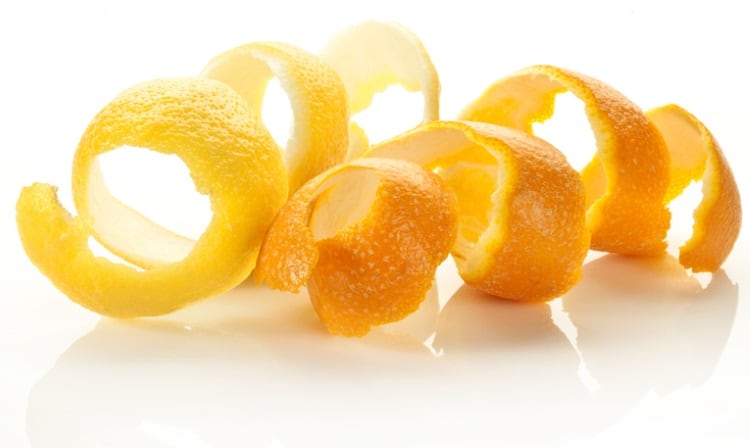The study, from Penn State University, looked at a class of compounds called alkylresorcinils (AR). These are produced by grain plants such as wheat, rye and barley naturally to prevent mold and bacteria developing in the grain kernels.
The search for clean label antioxidants
Andrew Elder, a doctoral candidate in food science who worked on the study, said that the discovery of a new source of natural antioxidant could be significant for the food industry, which has witnessed a jump in demand for clean label ingredients.
"Currently, there's a big push within the food industry to replace synthetic ingredients with natural alternatives, and this is being driven by consumers," he said. "Consumers want clean labels. They want synthetic chemical-sounding ingredients removed because of the fact that they don't recognise them and that some of them have purported toxicity."
While consumers demand more natural ingredients, Elder said the food industry has struggled to find natural antioxidants that are as effective as synthetic ones.
"There are not many natural alternatives for synthetic antioxidants," said Elder. "Our work is focused on identifying new natural antioxidants to extend the shelf life of food and meet consumer demands."
Fighting food waste
Looking at the possible environmental benefits of ARs, the study flagged the potential to cut food waste in the supply chain.
ARs come from the bran layer of cereal plants, which the food industry usually discards or uses for animal feed.
"Bran is often a waste stream," said Elder. "We're taking something that's usually discarded in a waste stream and turning it into something useful.”
ARs for preserving omega-3 oils
The researchers developed a technique to extract and purify ARs from rye bran and then tested their effectiveness on preserving emulsions containing omega-3-rich oil emulsions.
The study focused on omega-3 oils because of a growing desire to add healthy oils to foods that would not normally contain them, the authors suggested. However, doing so presents something of a challenge because omega-3 rich oils often have a shorter shelf life, causing foods to spoil more quickly.
"Most people consume omega-3s from marine sources," said Elder. "As they break down, they can make the product smell and taste fishy. Consumers then throw these products out and don't buy them again, and this results in an economic loss."
Antioxidants are compounds that slow the rate at which omega-3 fatty acids degrade, preserving their health benefits and preventing food from spoiling as quickly.
Not as effective as other antioxidants
The researchers found that ARs did act as antioxidants in oil emulsions, preventing omega-3 oils from spoiling as rapidly as they did in emulsions with no antioxidants added.
However, when the team compared ARs to two other antioxidants widely used in the food industry - alpha-tocopherol or Vitamin E, a natural antioxidant; and butylated hydroxytoluene, a synthetic antioxidant – they found ARs were not as effective as either the natural or the synthetic antioxidant.
Nevertheless, the authors suggested that further research is required to determine the full potential of ARs as preservatives. For instance, the researchers noted that their AR extracts were not completely pure, which could have reduced the effectiveness of the ARs. Also, the researchers used a blend of different ARs that had different molecular structures.
Future work looking at different types of ARs will reveal whether an individual AR type is more or less effective than conventionally-used antioxidants, they concluded.
"We're trying to identify natural antioxidants that are consumer-friendly, safe and effective," said Elder. "We hope that one day this work will lead to ARs being available on the market and provide more options for the food industry to use."
Source: Food Chemistry
Published online ahead of print, January 2019
‘Antioxidant activity of a winterized, acetonic rye bran extract containing alkylresorcinols in oil-in-water emulsions’
DOI: https://doi.org/10.1016/j.foodchem.2018.08.011
Authors: Andrew S. Elder, John N.Coupland, Ryan J. Elias




